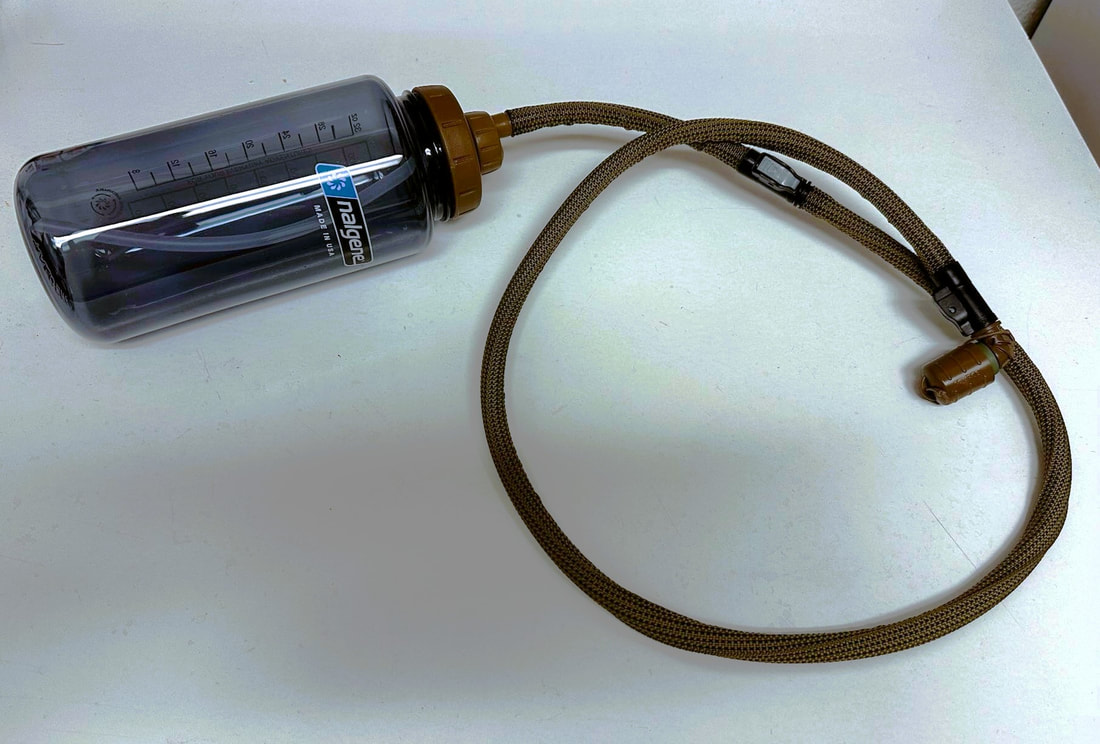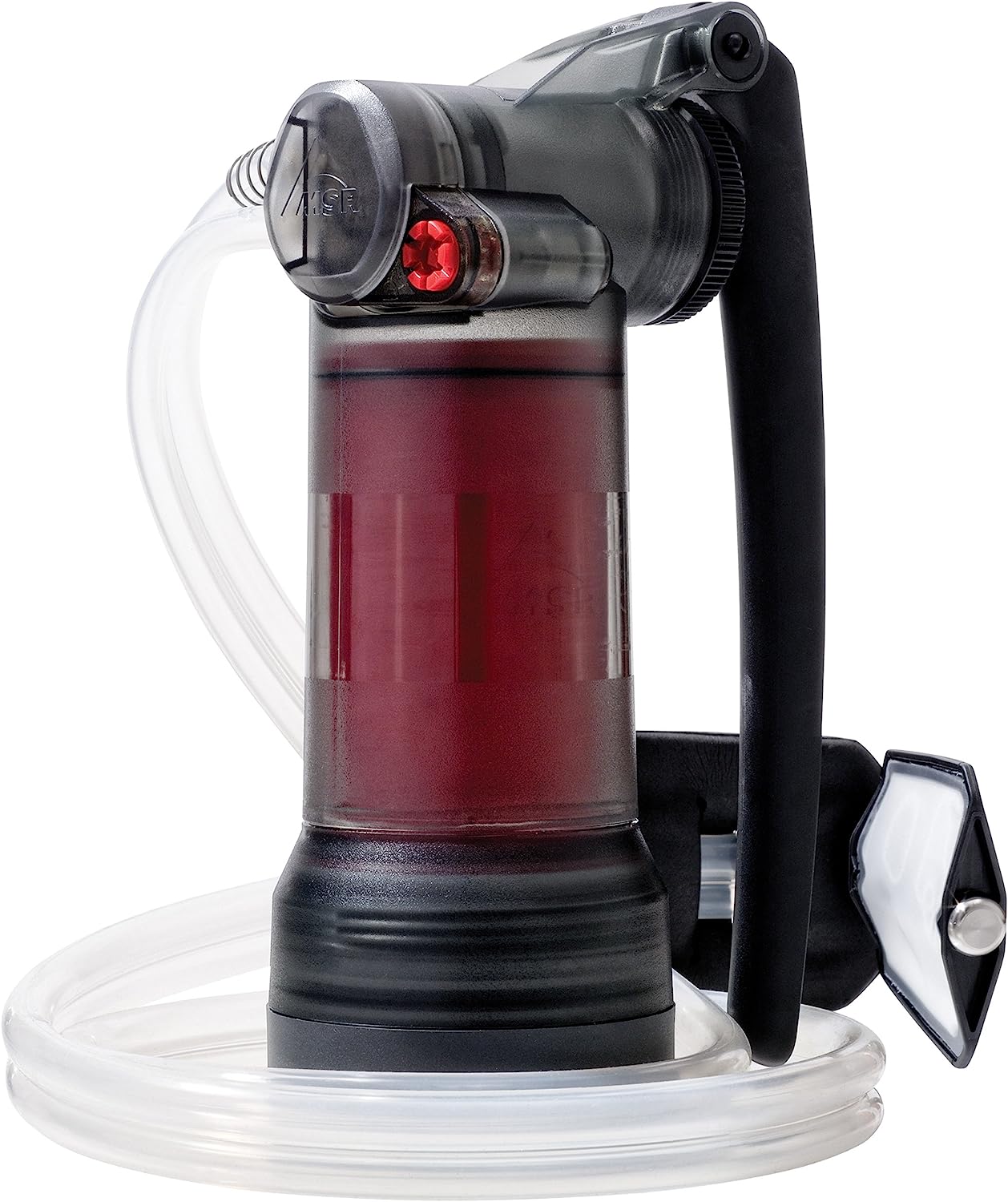|
Bare-legged Rhodesian soldiers have become a meme among certain segments of the Internet. Some like the look, others, like Tactical Wisdom-series author and Marine Joe Dolio call them a major health hazard in combat/SHTF. Joe doesn’t actually hate cargo shorts, but he considers them a liability and vector for injuries/infections in combat. I agree. I’ve hiked through rough terrain in shorts and have torn my legs up badly. My father came very close to a potentially life-threatening illness due to wearing shorts in inappropriate conditions. Do you really want to go prone on jagged rubble with unwashed skin that’s been going through an apocalyptic hellscape? I’ve suffered from whatever the western version of chiggers are twice and I can’t imagine how much worse a staph infection could be. While Rhodie-style shorts may make for good morale and propaganda, they do pose a serious concern for injuries and infection. Joe emphasizes a focus on basic first aid, not to detract from traumatic injuries, but because the focus on treating “minor” wounds early has been lost—we’ll see later why that’s important. A small cut we might brush off today in a relatively clean garage could be a nick in the field that easily festers and becomes deadly in SHTF. Prepping author and Siege of Sarajevo survivor SELCO reported that unwashed clothing became a similar vector for infection. People who hadn’t bathed or laundered their clothing for months carried high bacterial loads on their skin and in the fabric. Wounds would then almost be guaranteed to get infected. Remember that the environment was grid-down, so there was no proper plumbing or sanitation. But let’s talk a little bit about those men in the ‘70s with short shorts before we go any further. For those who don’t know, Rhodesia (now Zimbabwe) fought a war against communist-sponsored black guerilla-terrorists who were attempting to overthrow the white majority government. The white government knew what a s—t show would result if black communists took over (see the history of Zimbabwe and Robert Mugabe). Western economic sanctions over segregation and the unilateral declaration of independence from Britain lead to the state becoming a pariah. Despite the political troubles, the beleaguered Rhodesian army was effective and legendary. The photo of a patrol crossing a river in shorts, brushstroke camo, and with FN FALs carried at the ready has become an iconic image of the war. African terrorists had names for Rhodesian troopers like “ghosts with white legs.” Short-pants among Commonwealth soldiers in the mid-20th century was not an unusual bit of kit. While not issued to troopers, the classic brushstroke shorts were often made out of standard camo pants. But why shorts? The only cool factor was temperature wise, the plague of Instagram not being a thing yet. Comfort appears to be the number one issue due to the high temperatures. For example, Selous Scout often wore “trainers” (sneakers/tennis shoes) instead of boots. In fact, some paratroopers chose not to wear ankle-high boots when jumping, arguing that the actual rate of injuries was low. Shoes were more comfortable and easier to be stealthy in. Comfort being the number one issue, some reported ancillary benefits from shorts even with the potentially injurious flora and upon human behavior. A hunter with experience in Africa reported that long pants were caught by thorny plants. This caused delays and noise, so he preferred to accept the scratches. The theory on thorns is that although they do cause scrapes, they do not become entangled in skin as they would with cloth. He was not alone in this opinion. A Selous Scout officer once said the inherent danger of shorts in the bush enforced stealth and caution. Quick, rash movements not only made a lot of noise but would result in injuries. Training of course is best but risking a gash in the leg apparently reinforced care in walking. Seems a bit like the reasoning behind the three-round burst on the M16A2, eh? As the Scouts transitioned away from primarily tracking to more anti-terrorism and direct action roles, the shorts were replaced in the field by pants. Rhodesian “troopies” took pride in minimalism and toughness, so this may have been a factor in the popularity of shorts beyond comfort. Yet all good things must come to an end. In 1977, shorts were forbidden for the Rhodesian Light Infantry (RLI) on operations. Sources report that this was largely obeyed, unlike the above boots order. I spoke with Civil Defense Manual author Jack Lawson, himself a veteran American volunteer, who confirmed the transition at least in practice, if not by command. However, it was green shorts that faded to a bluish color in the sun, not camo. A transition was made to jumpsuits and Lawson transitioned away from “the naked body” style of uniform due to hypothermia in early morning helicopter rides (G-Cars). But are shorts a good idea to wear in combat or SHTF? Probably not, although the Rhodesian reasons for wearing them initially, were not slapdash ideas. Shorts aren’t terrible things to wear; I prefer them when doing general outdoor activities because of greater airflow to my bits, hence less sweat, and greater cooling due to my exposed legs. On the other hand, I often trample through the “bush”; creosote, Manzanita, and sagebrush. I have scars from cutting my legs on stuff. Snakebites are a constant concern, although I’ve only ever encountered a rattler twice (knock on wood). Once I came back from a hiking vacation and my young niece got worried I’d seriously hurt myself due to the amount of minor wounds I got from a particularly nasty off-trail bit. I looked pretty rough. Recently I learned my dad has had some serious health problems. Chronic cellulitis had come very close to turning septic and gangrenous. It was so bad he wouldn’t let me visit because he was afraid his legs were literally rotting away like an unmanaged diabetic. A hospital stay and nuke-it-from-orbit levels of IV antibiotics later, he’s finally on the mend. He’s feeling better, optimistic for the first time in a while, and expected to make a full recovery. Why did this happen? He lives in a very humid area on a rural piece of property where his main hobby is landscaping. Unfortunately, part of the land is a swamp infested with blackberry vines. Working in thick brush and thorny vines cut his unprotected skin up, allowing infections and weird stuff to go on in his legs. Like a typical man, he did not get this stuff properly treated until it was bad. Of course, proper medical care early on would have stopped it from getting as bad as it did. However, in a civil war/SHTF there is likely to be very poor to no medical care. High doses of mega-antibiotics will be a rare thing, so injuries are to be avoided. Infection has probably caused more fatalities in wars than actual battle. Untreated infections with austere conditions with all sorts of unknown contaminants can cause huge problems. In my dad’s case it was just cow dung and general Pacific Northwest waterborne contaminants. Post-SHTF, it could be major diseases, including “exotic” ones imported by the foreigners pouring across our undefended southern border. Imagine going prone on a rocky surface in a firefight and surviving unscathed, aside from a bloody abrasion to the knee, only to die in a few weeks from septic shock. Apart from the Commonwealth, operational use of shorts seems to be slim or exceptional. Kris “Tanto” Paronto, wore shorts during the fight in Benghazi because “If I was going to fight, I was going to fight comfortable.” One interesting contrast in protection is the Brazilian Army’s Caatinga troops. The Caatinga is a semi-arid desert filled with spiny and thorny plants, not unlike the Sonoran desert of southern Arizona. This unique military unit wears tough, full-bodied denim uniforms reinforced with leather complete with gloves. Shorts may feel comfortable up to a point, but if it’s too hot, like over 100°, exposed skin is letting the heat in. If you visit Las Vegas or Phoenix, you’ll notice police officers wearing full length sleeves even in 115° heat. Yes, sunscreen has reduced the need for covering the skin in the summer sun, but heat control is more important in very high temperatures. One could always compromise (especially if there is a breeze) by wearing lightweight, but long sleeves. As for sun protection, will you have the ability to apply sunscreen in combat conditions, especially where sweat and water crossings may wash it away? I chose to wear a campaign hat on patrol because if I was going to be outside for a long time, such as doing traffic control, I wouldn’t be able to apply SPF 50 (over my SPF 15 lotion I put on in the morning after shaving). Also, the scent of sunscreen is highly distinctive and could give away a concealed fighter to an astute tracker. Unfortunately for the guys who want to look stylish by channeling their inner “troopie,” shorts are contraindicated in SHTF. You’ll stand out and your white legs will give you away in the underbrush—are you really gonna camo stick your legs or rely on getting a nice, dark tan? White skin can be highly reflective, camouflaged or not. The dangers of insect bites/stings, thorny plants, scrapes, cuts, and sunburn aren’t worth it. A grid-down world or one where you can’t just go to a hospital will result in minor infections becoming major, life-threatening ones. Save the brushstroke nut-huggers for the barbecue and wear some pants. Joe Dolio’s Tactical Wisdom series is a set of manuals that far surpass what the average US military field manual has to offer. His upcoming TW-5 will include a section on first aid. Visit his website at www.tactical-wisdom.com and follow him on Twitter @dolioj.
Don Shift is a veteran of the Ventura County Sheriff's Office and an avid fan of post-apocalyptic literature and film. He is a student of disasters, history, current events, and holds several FEMA emergency management certifications. Visit www.donshift.com and consider supporting him by buying his book Rural Home Defense, which includes a chapter on lessons learned from the Rhodesian Bush War. Comments are closed.
|
Author Don ShiftDon Shift is a veteran of the Ventura County Sheriff's Office and avid fan of post-apocalyptic literature and film who has pushed a black and white for a mile or two. He is a student of disasters, history, and current events. Archives
May 2024
Categories
All
As an Amazon Associate I earn from qualifying purchases.
|



 RSS Feed
RSS Feed






